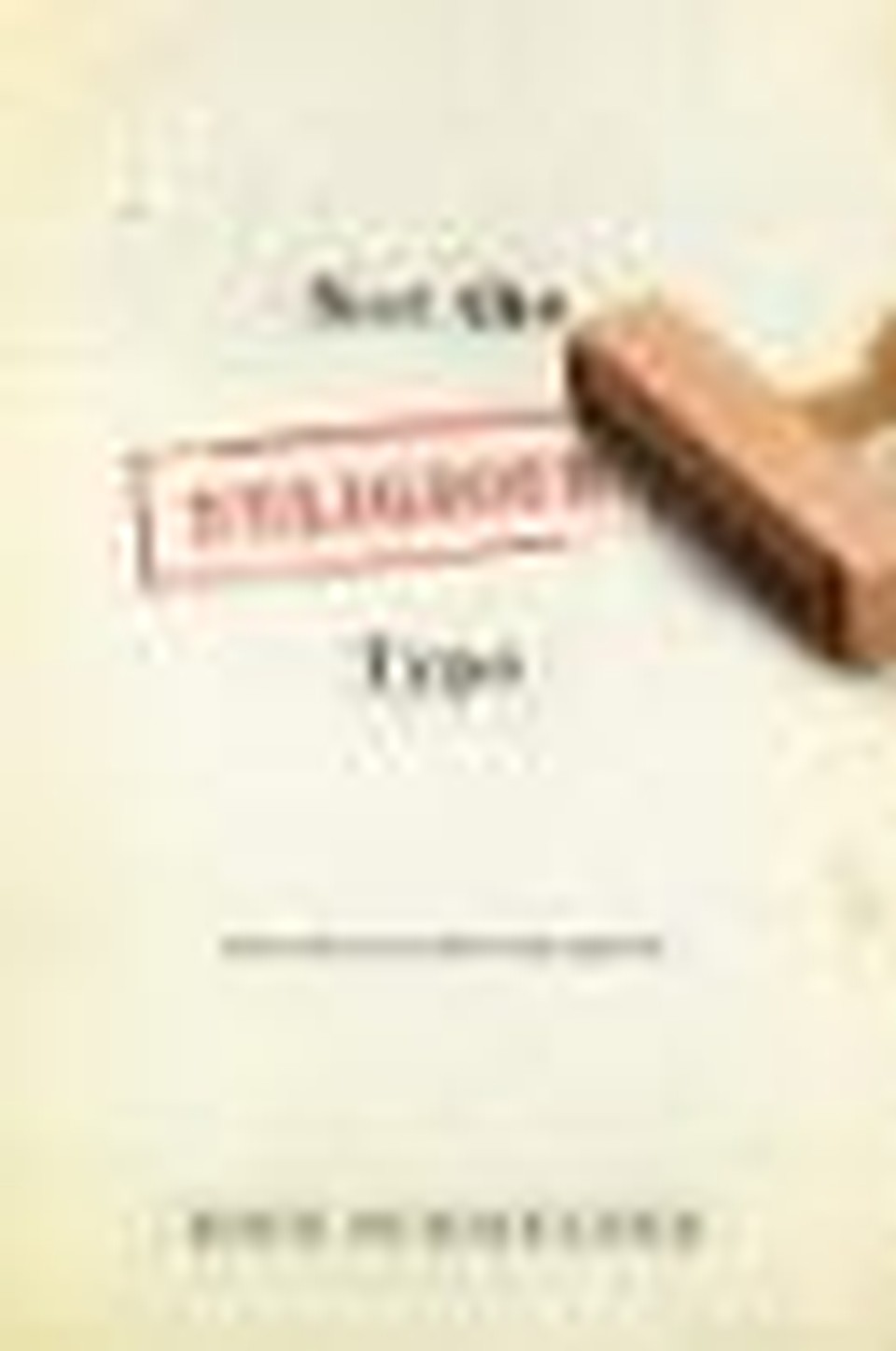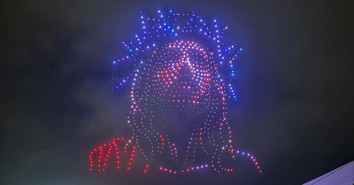Former Atheist Looks at Faith in Religious Type

Author: Dave Schmelzer
Title: Not the Religious Type: Confessions of a Turncoat Atheist
Publisher: SaltRiver (Tyndale)
As the pastor of the Vineyard Christian Fellowship of Greater Boston, Dave Schmelzer is ensconced in a culture of liberal secularism. He lives in the shadow of academia and has regular encounters with jaded scholars and their protégés who reject the trite morality dispensed by most believers. But what if their jadedness was actually a good thing? To illustrate, Schmelzer uses the concepts of “bounded sets” and “centered sets.”
Bounded sets are all the groups that define us—sex, race, nationality, and any other moniker that we embrace, such as membership in a church, club or political party. Religions are bounded sets. You’re either in or out—no grey area. Colored by this thinking, Schmelzer says, most believers are trying to persuade non-believing peers to abandon all of their bounded sets and embrace a new one, no matter how many seismic shifts that might require. “Yes, there may be a trifling cultural thing or two you’ll need to do to accommodate us, the godly religion/culture,” he jokes. “Being a good Illinois Baptist is, after all, a little different than being a good Bengali Muslim, who are we kidding? But we’d love to have you!”
How many conservatives are ever persuaded by liberal rhetoric, however? How many liberals are persuaded by conservative talk radio? Bounded sets merely preach to the choir. Centered sets, on the other hand, are far more accessible. In this view, everyone is positioned within a circle, with a dot (Jesus, in this example) in the middle of that circle. Some may be closer, some may be further away, but everyone has the choice to move either to or away from that middle dot.
“Along with the writers of the New Testament, I do my best to keep my eye on the center dot, move toward him, and encourage as many folks as I can to recalibrate (one take on the literal meaning of repent), their journeys his way as well,” Schmelzer says.
This is just the beginning of his teaching, which is full of insights and illustrations about life, faith, prayer and how it all plays out on the world’s stage as well as in our personal lives. For example, as to why some prayers seem to go unanswered, Schmelzer reminds us that prayers are like bowls of incense. If each prayer has its own bowl, and each bowl is a different size, we must simply keep praying until that bowl is filled and the prayers are answered.
He also compares the “already—not yet” aspect of God’s kingdom to a thin membrane of water sitting just above our heads. Above the water is heaven, but occasionally, we get splashed with a drop of that heavenly water, resulting in a miraculous healing, as a tangible demonstration of all that awaits.
“I’ve become less interested in ‘objective truth,’” writes this former atheist, “if only because it seems to me that the only person who could claim such a thing is God. In the last few centuries, we’ve done our best to make reason a so-so stand-in for God. But as helpful as it is, reason has proven to get us only so far because we start from a limited vantage point.
Not the Religious Type isn’t a memoir or a self-help book, nor is it the teaching tool we see displayed on Christian bookshelves every season. It’s just some thoughts, however random, from a guy who has realized that what we’ve been doing isn’t working. Thankfully, he’s stumbled on something that is, however imperfectly, however haphazardly. And that is definitely something worth reading about.
Originally published June 26, 2008.







